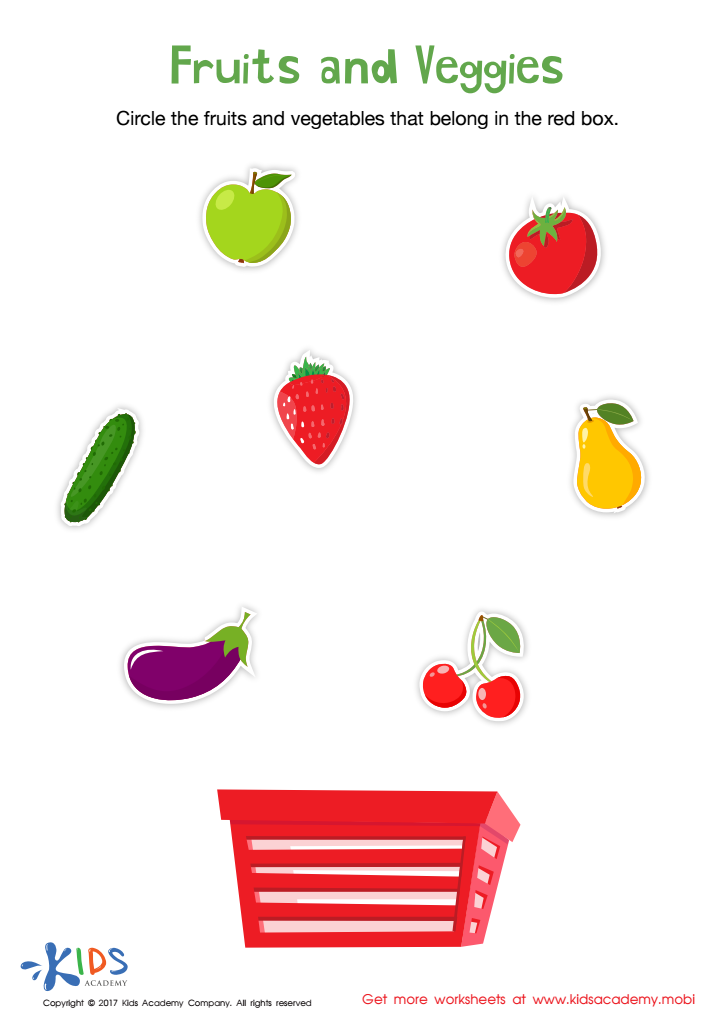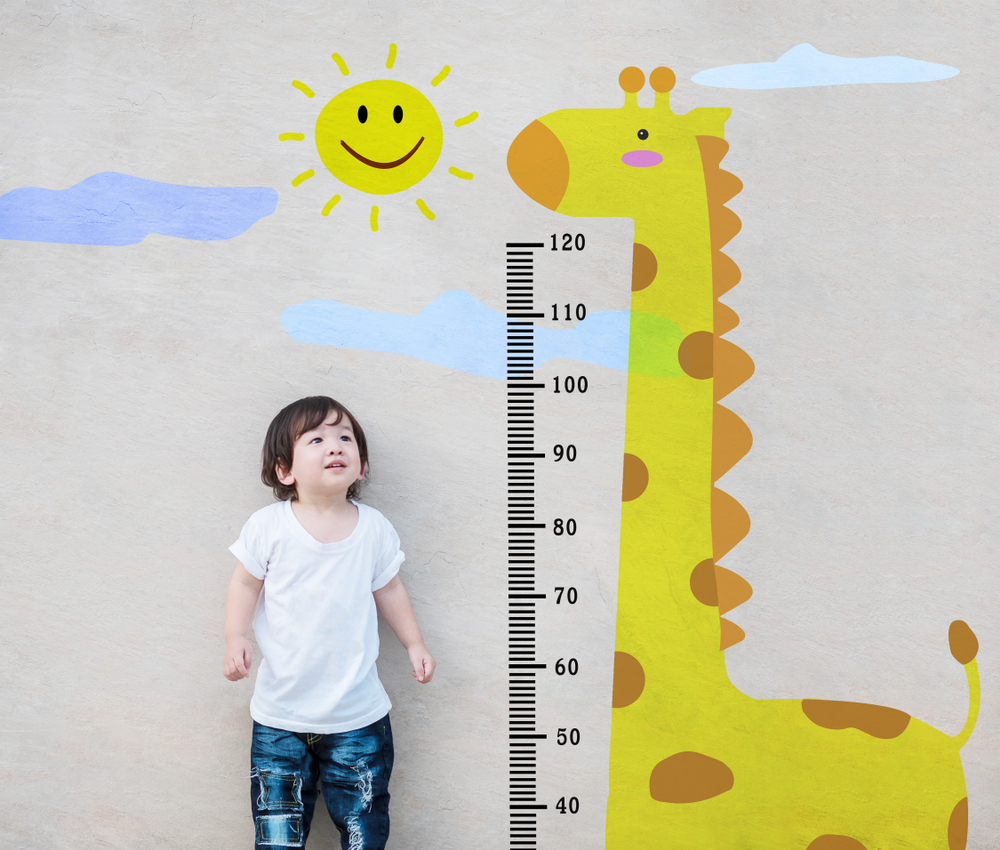Visual discrimination Normal Worksheets for 6-Year-Olds
10 filtered results
-
From - To
Boost your child's visual discrimination skills with our specially designed worksheets for 6-year-olds from Kids Academy! These engaging, fun, and colorful activities help young learners improve their ability to notice differences and similarities in shapes, patterns, and objects. Ideal for enhancing attention to detail, these worksheets develop critical thinking and observational skills that are essential for early literacy and mathematics. Each worksheet is tailor-made to match the developmental stage of a 6-year-old, ensuring that learning becomes an enjoyable experience. Discover a world of educational excellence that prepares your child for future academic success!
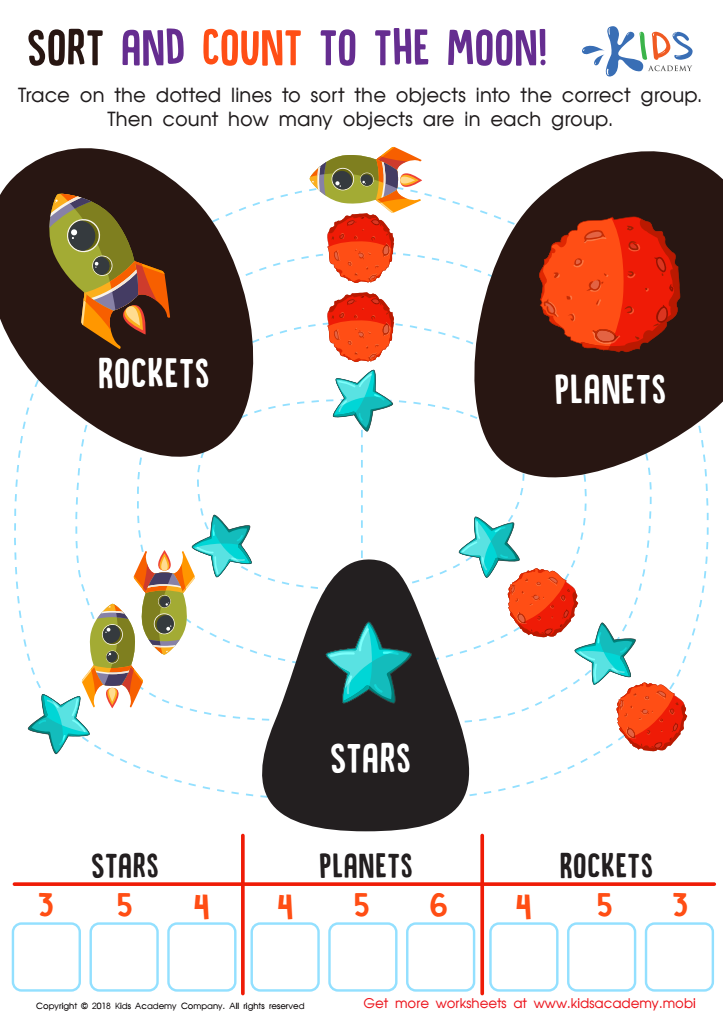

Sort and Count to the Moon Worksheet
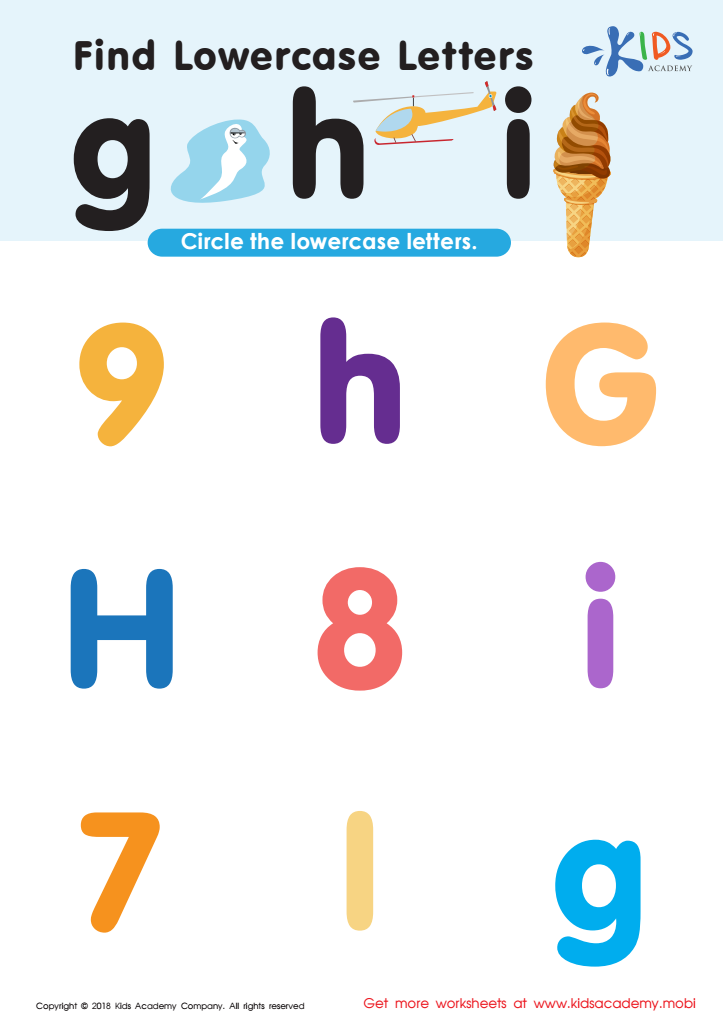

Find Lowercase Letters g h i Worksheet
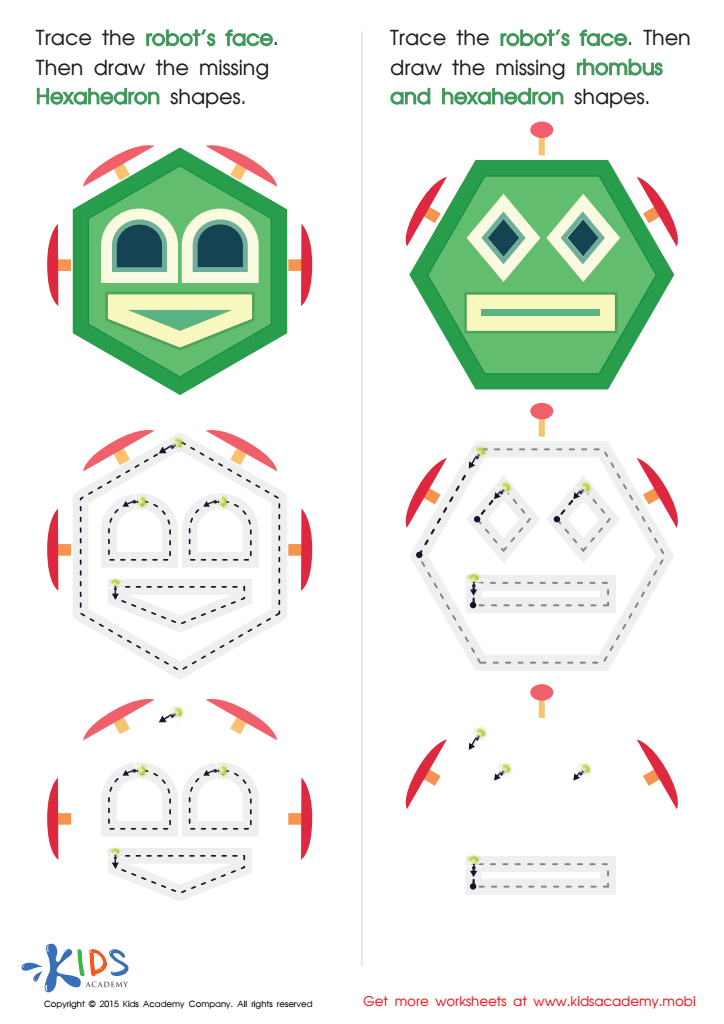

Practice Drawing Hexahedrons And a Rhombus Worksheet
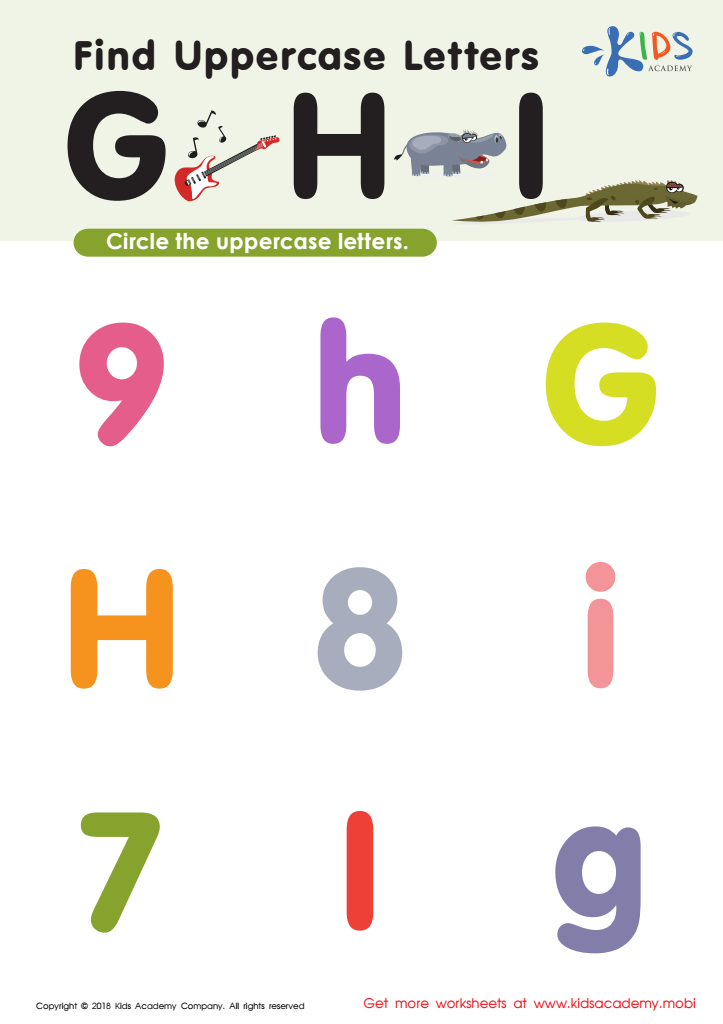

Find Uppercase Letters G, H, and I Worksheet
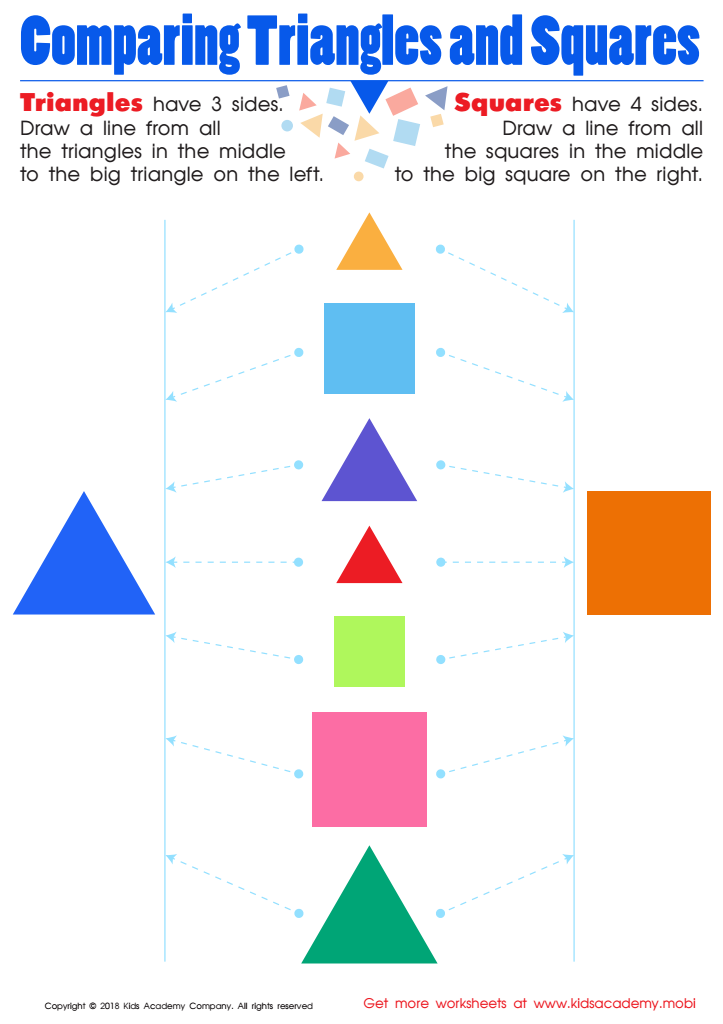

Comparing Triangles Squares Worksheet
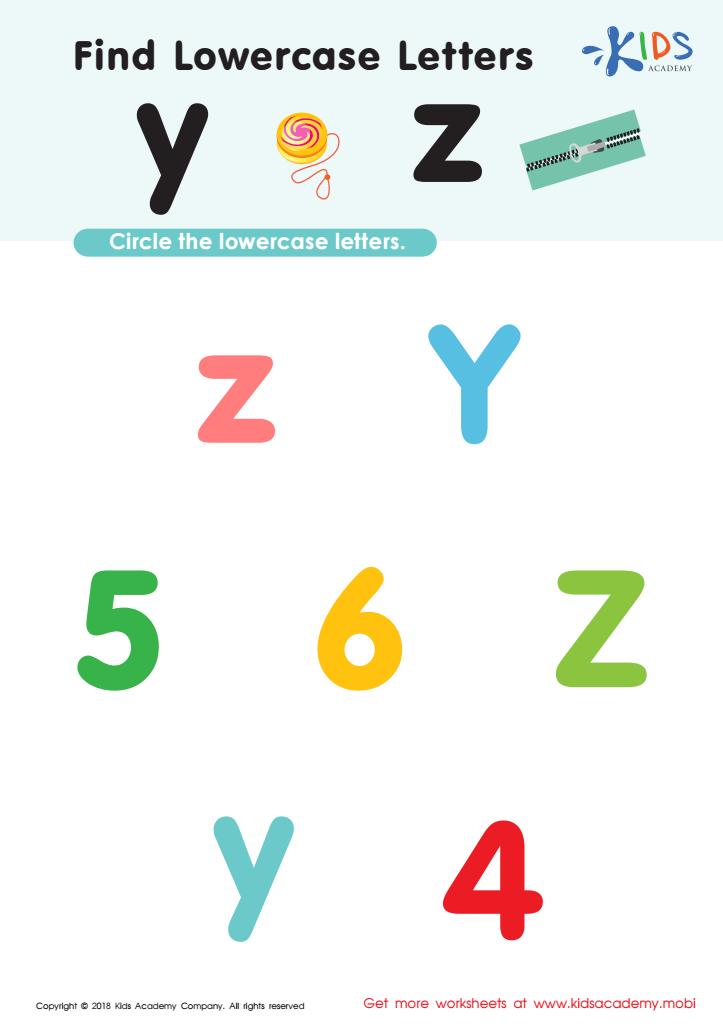

Find Lowercase Letters y z Worksheet


Find Uppercase Letters V, W, X Worksheet


Find 0 Worksheet


Silhouettes – Shapes Worksheet
Visual discrimination refers to the ability to recognize differences and similarities between shapes, patterns, letters, and numbers. For 6-year-olds, this skill is fundamental for several aspects of their development and learning. Parents and teachers should care deeply about visual discrimination because it lays the groundwork for reading and writing. Children who are proficient in visual discrimination can more easily distinguish between letters and words, leading to improved literacy skills.
Moreover, visual discrimination aids in mathematical abilities. Recognizing the differences between numbers and their shapes helps children understand and solve arithmetic problems more effectively. This skill also extends to everyday activities such as finding objects, noticing differences in the environment, and learning to follow instructions that involve visual components.
Socially, children with strong visual discrimination can more easily navigate their surroundings and understand visual cues non-verbal communication like facial expressions and gestures. This helps them interact more effectively with peers and adults.
Intervening early if a child shows difficulties in visual discrimination can prevent future learning challenges. Activities such as puzzles, matching games, and sorting exercises can improve this skill. Thus, both parents and teachers should actively support the development of visual discrimination to ensure well-rounded cognitive and social growth in children.
 Assign to My Students
Assign to My Students


